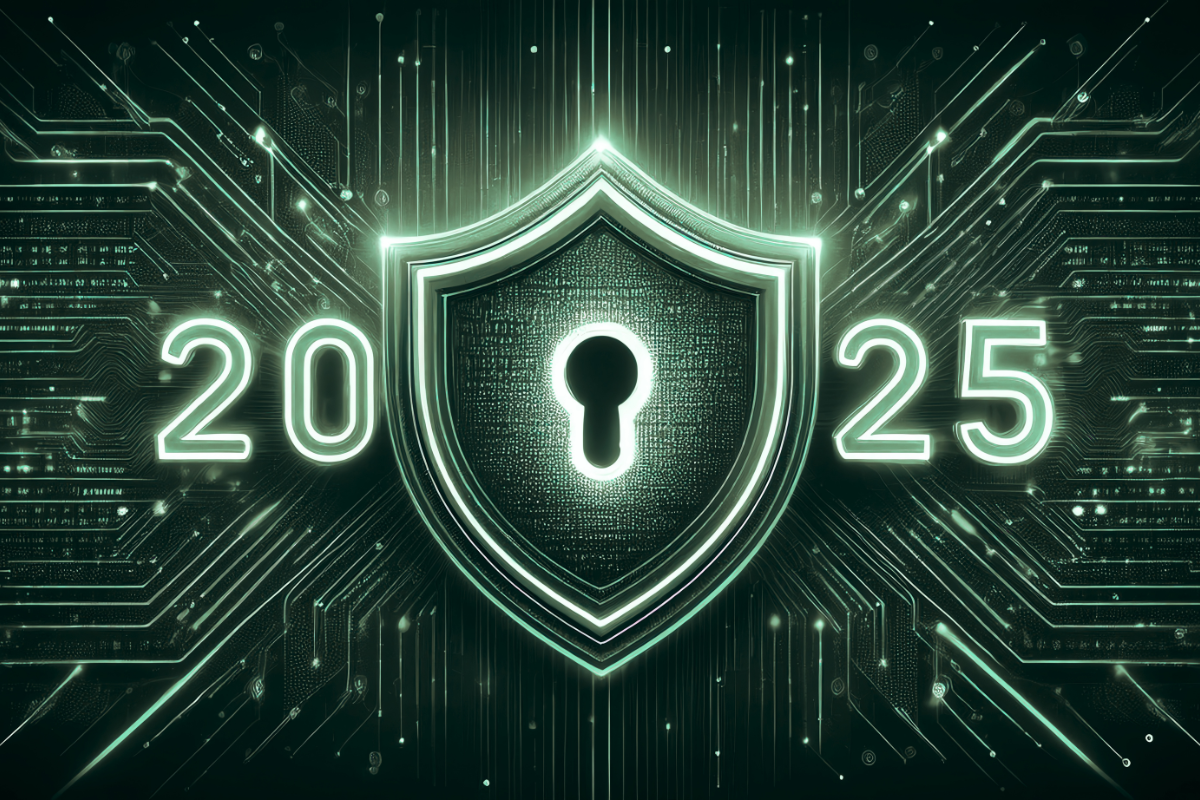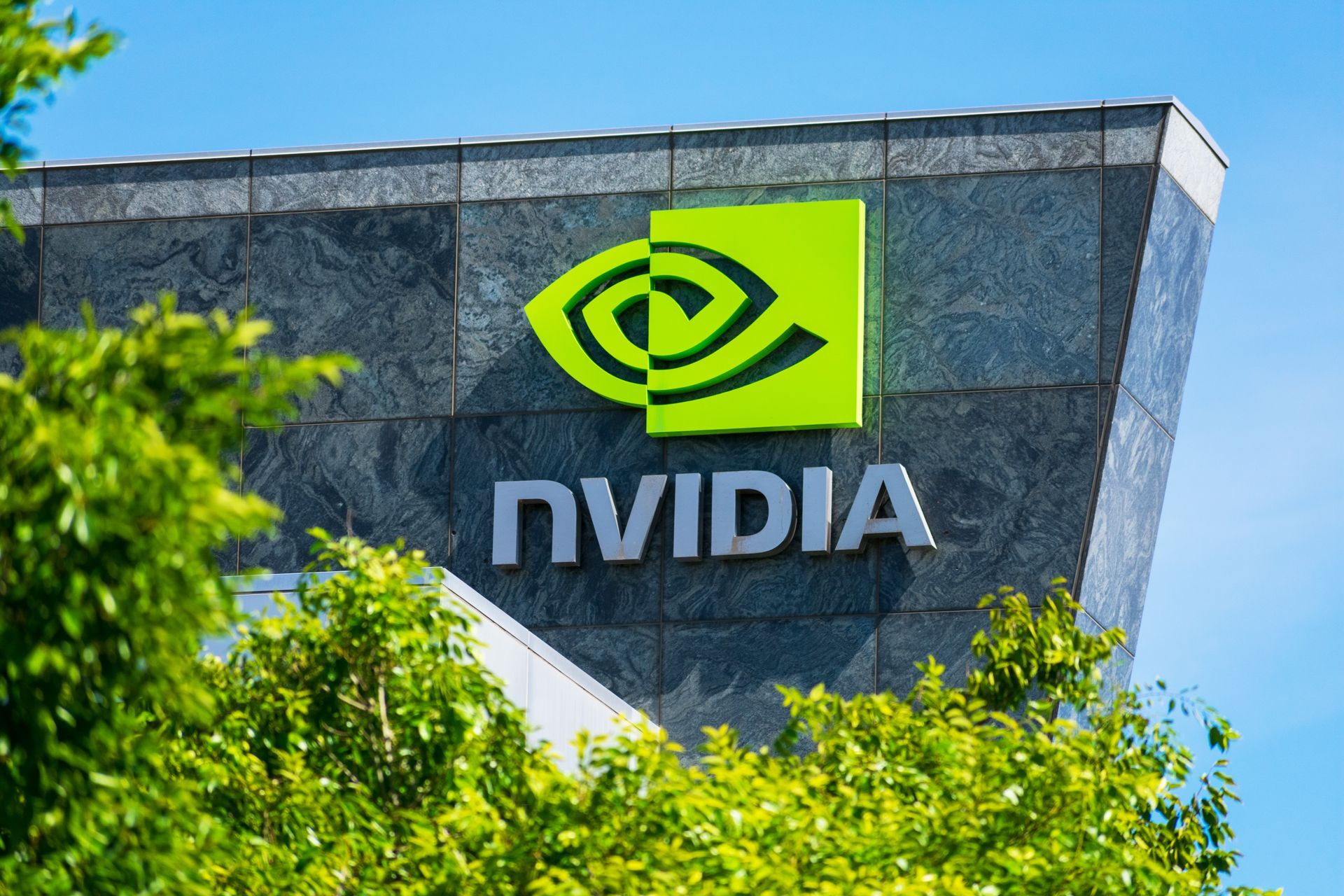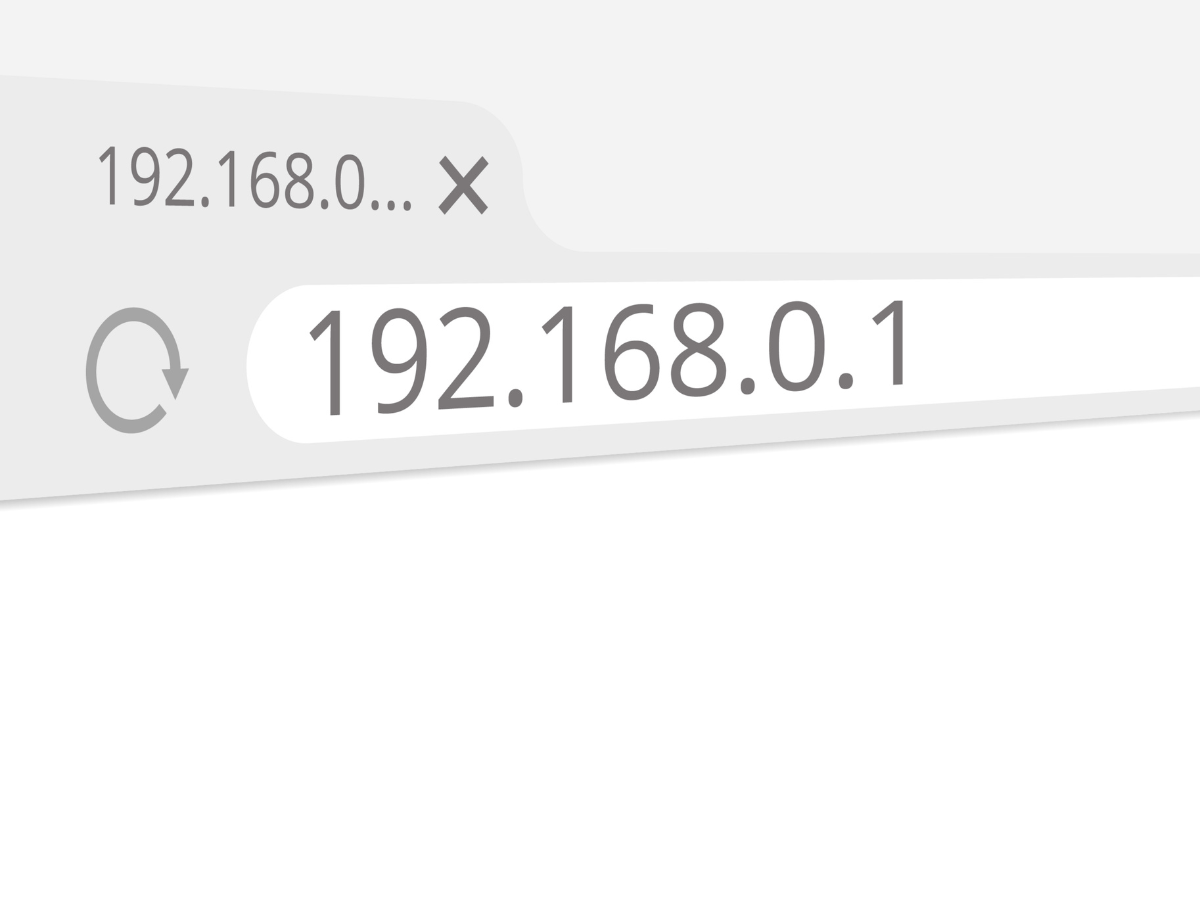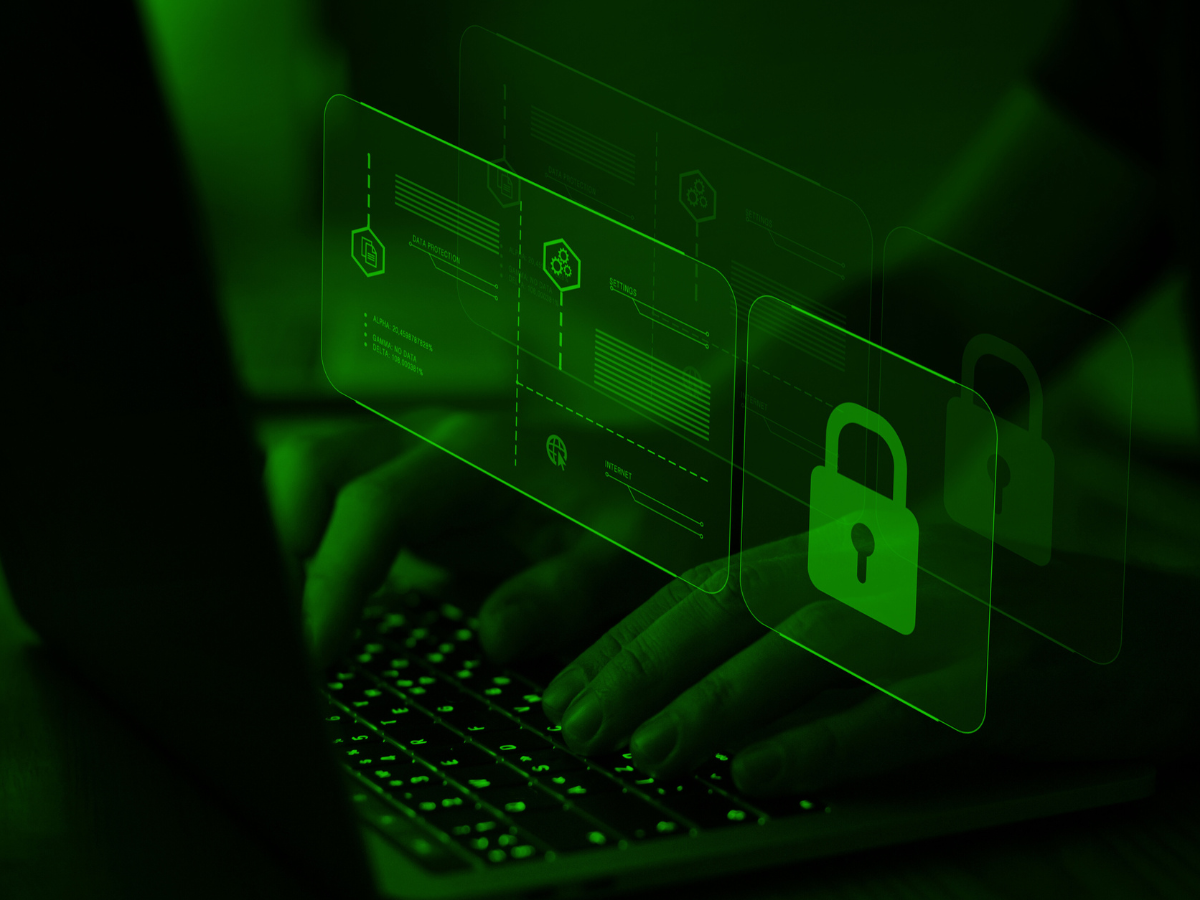What Is an IP Address?
An IP address is a fundamental component of the internet and digital networking. Understanding what an IP address is can help both individuals and businesses improve their cybersecurity, manage networks efficiently, and prevent unauthorized access. In this blog, we’ll explain the basics of IP addresses, their types, and why they matter in today’s digital landscape.
Understanding an IP Address
An IP address, or Internet Protocol address, is a unique numerical label assigned to each device connected to a computer network that uses the Internet Protocol for communication. This includes computers, smartphones, tablets, servers, and other networked devices. The main purpose of an IP address is to identify devices and enable them to communicate with each other over the internet or local networks.
There are two main types of IP addresses:
- IPv4 (Internet Protocol version 4): Uses a 32-bit format and is the most common form of IP addressing. Example: 192.168.1.1.
- IPv6 (Internet Protocol version 6): Uses a 128-bit format to accommodate the growing number of devices connected to the internet. Example: 2001:0db8:85a3:0000:0000:8a2e:0370:7334.
How an IP Address Works
An IP address functions much like a postal address, allowing devices to send and receive data correctly. When you visit a website, your device's IP address communicates with the server hosting that site, ensuring information is delivered to the right destination.
Businesses and cybersecurity service providers often use IP addresses to monitor network activity, identify potential threats, and implement access controls to safeguard sensitive data.
Public vs. Private IP Addresses
IP addresses can also be categorized as public or private:
- Public IP addresses are assigned by your Internet Service Provider (ISP) and are visible on the internet. They allow devices to communicate globally.
- Private IP addresses are used within a home or business network to connect devices internally, such as printers, computers, and security cameras.
Understanding the difference is essential for businesses looking to enhance cybersecurity services for small business and prevent email phishing or unauthorized network access.
Why IP Addresses Are Important for Security
Knowing what an IP address is is crucial for implementing effective cybersecurity solutions. IP addresses are used in cybersecurity threat management services, cybersecurity assessment services, and monitoring suspicious activity. Tracking unusual IP address activity helps prevent breaches, data leaks, and other cyber threats.
Companies often include custom cybersecurity solutions in their cybersecurity packages to monitor IP traffic and enforce policies for cybersecurity in various industries, such as healthcare, finance, or IT services.
Conclusion
An IP address is more than just a string of numbers—it’s a key element in networking, communication, and cybersecurity. Understanding IP addresses can help protect your business, prevent cyber threats, and optimize network performance.
For professional cybersecurity services near you, Proknox Security Solutions offers comprehensive IP monitoring, cybersecurity service packages, and custom cybersecurity solutions to safeguard your business. Contact us today to secure your network and enhance your IT services.












